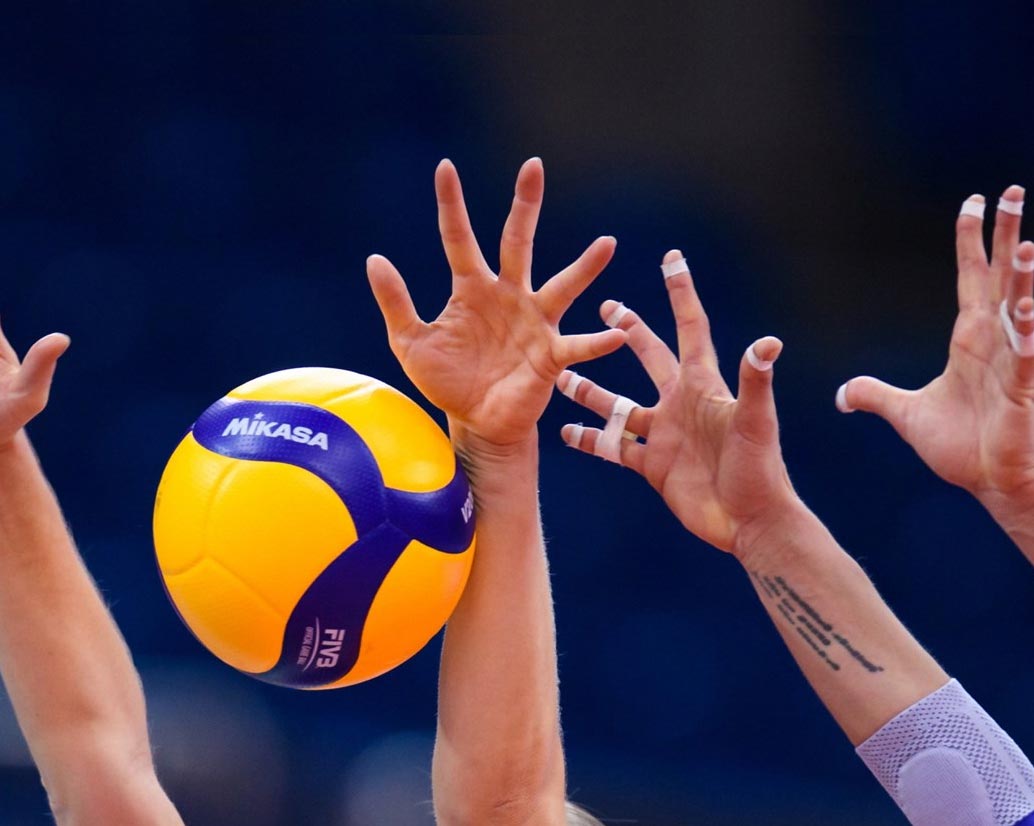The Ultimate Volleyball Rules Every Player Should Know
The Ultimate Volleyball Rules Every Player Should Know
Blog Article
The Ultimate Volleyball Rules Every Player Should Know

Volleyball is a fast-paced, strategic, and dynamic sport that combines agility, power, and teamwork. Whether you’re new to the game or looking to refine your understanding, knowing the essential rules is critical to becoming a confident and capable player. This guide breaks down the most important volleyball rules every player should know — from court setup and scoring to gameplay etiquette and penalties.
Basic Structure of the Game
Team Composition
Slot gacor gampang menang Each team consists of six players on the court: three in the front row (attack zone) and three in the back row (defense zone).
Players rotate in a clockwise direction after winning the serve from the opponent.
Objective
The goal is to ground the ball on the opponent’s court or force them to make an error.
A point is scored on every rally (rally scoring system), regardless of which team served.
Court Dimensions and Layout
Dimensions: 18 meters (59 feet) long and 9 meters (29.5 feet) wide.
Attack line: 3 meters from the net on both sides, dividing the front and back zones.
Net height:
Men’s competition – 2.43 meters (7 feet 11 5/8 inches)
Women’s competition – 2.24 meters (7 feet 4 1/8 inches)
Scoring System
Set and Match Rules
A match is typically best of five sets.
A team must score 25 points to win a set (15 in the 5th set) and be ahead by at least 2 points.
No ceiling on points — the set continues until a team leads by 2 points.
Rally Scoring
Every rally ends with a point, either through:
A legal ball ground (a “kill”),
An opponent’s error (like hitting the net),
A serve that’s unreturnable (an “ace”).
Serving Rules
Types of Serves
Underhand serve: Suitable for beginners, hit with an underhand motion.
Overhand serve: More powerful, used in competitive play.
Jump serve: Aggressive and high-speed, involves a jump before contact.
Key Serving Rules
Must serve from behind the end line.
Ball must go over the net and land in the opposing team’s court.
Only one toss per serve attempt is allowed.
Stepping on or over the service line before contacting the ball results in a foot fault.
Rotation and Positioning
Players must maintain their rotational order throughout the set.
Position fault is called if players overlap or are out of their rotation during the serve.
After winning a rally off the opponent’s serve, your team rotates clockwise before serving.
Hits and Contacts
Three-Hit Rule
A team is allowed up to three successive contacts to return the ball over the net.
Consecutive touches by the same player are not allowed, except during a block.
Legal Hits
Bump (pass), set, spike (attack), block, and dig.
The ball can touch any part of the body but must not be caught or thrown.
Attacking and Blocking
Spiking (Attacking)
Only front-row players are allowed to spike the ball above the net.
Back-row players can spike only if they take off from behind the attack line.
Blocking
Front-row players can jump and block the opposing team’s attack.
Blocks do not count as one of the team’s three touches.
Back-row players are not allowed to block.
Faults and Violations
Common Faults
Double hit: Same player contacts the ball twice in succession.
Lift or carry: The ball rests momentarily in the player's hand or arm.
Net violation: Touching the net during play.
Foot fault: Server steps on or over the line during serve.
Other Violations
Crossing the centerline: A player steps into the opposing court.
Back-row attack fault: A back-row player attacks above the net from inside the 3-meter line.
Illegal substitution or position fault due to rotation errors.
Substitutions and Libero Rules
Substitutions
Teams are allowed up to 6 substitutions per set in most leagues.
Substituted players must re-enter in the same position they exited.
Libero Player
A specialized defensive player who:
Wears a contrasting jersey.
Can replace any back-row player without prior notice to officials.
Cannot serve, block, or attempt to block in most rule sets.
Cannot set a ball in front of the attack line for an attack above the net height.
Timeouts and Technical Timeouts
Team Timeouts
Each team is allowed two 30-second timeouts per set.
Technical Timeouts
In international matches, technical timeouts occur automatically:
At the 8th and 16th points in sets 1 through 4.
Referees and Officials
First Referee (R1): The head referee, stands on a platform near the net.
Second Referee (R2): Assists R1, controls the rotation and substitutions.
Line Judges: Monitor boundary line violations.
Scorekeeper: Keeps track of score, rotation, and substitutions.
Beach Volleyball Variations
Key Differences
Two players per team.
Court size: 16m x 8m.
No rotational requirements.
No attack line — all players can hit from anywhere.
Block counts as the first team contact.
Match format: Best of 3 sets (21 points in the first two, 15 in the third).
Basic Strategies for Beginners
Communication
Always call for the ball to avoid collisions or confusion.
Use clear terms like “mine,” “set,” or “out.”
Ready Position
Feet shoulder-width apart, knees bent, arms ready.
Always be prepared to move — volleyball is about reaction time.
Serving Strategy
Focus on accuracy over power at the start.
Target weaker receivers or aim for open spaces.
Passing and Setting
Pass with forearms (bump) for control.
Set with your fingertips — elbows high and ball above forehead.
Avoid spinning or wobbling sets (they often get called as lifts or doubles).
Attack Awareness
Spike to open spaces, not just straight ahead.
Use tips, dinks, and roll shots as tactical alternatives.
Volleyball Etiquette
Shake hands or give high-fives before and after the match.
Respect officials’ decisions.
Don’t celebrate excessively or taunt opponents.
Apologize for net touches or accidental ball hits.
Volleyball Glossary
Ace: A serve that lands in the opponent’s court without being touched.
Dig: A defensive save from a hard-driven attack.